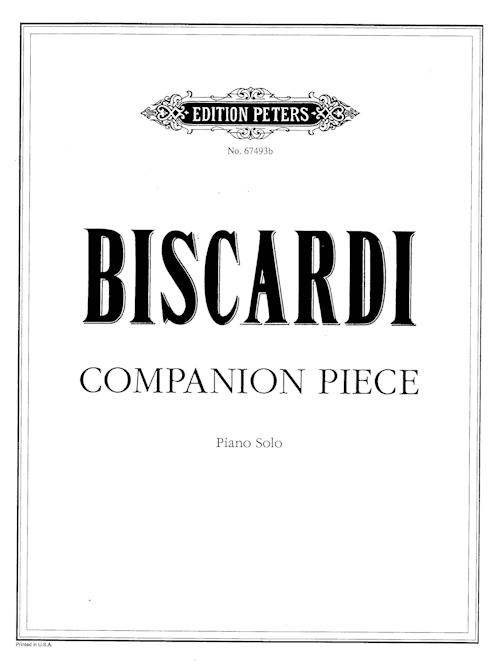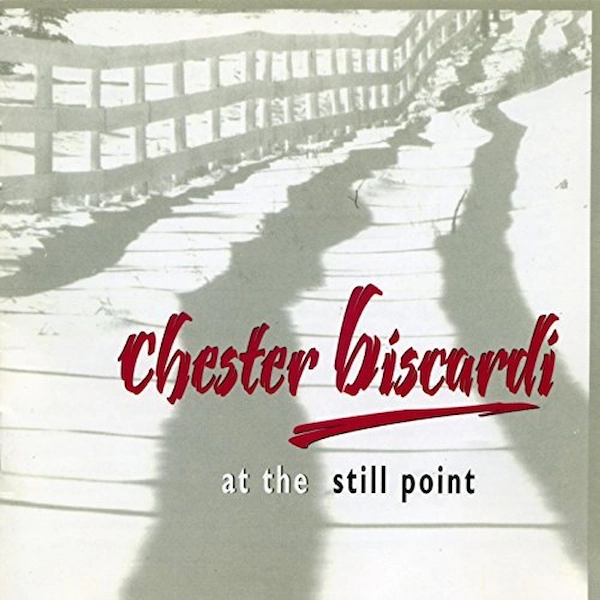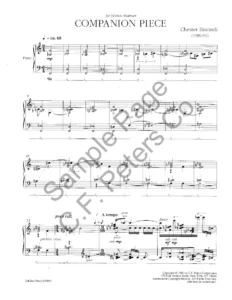
Program Notes
This solo piano version of Companion Piece (for Morton Feldman), for piano (1989/1991) – premiered by Anthony de Mare at Sarah Lawrence College on November 21, 1991 – is based on the original duet for contrabass and piano written for Robert Black and Anthony de Mare who first performed it at the Huddersfield Contemporary Music Festival in England on November 20, 1989. (Feldman Homages and Encounters with Feldman)
I first met Morton Feldman in Buffalo in 1979. His apartment was neat, almost sparse: a Steinway, a work table, a Rauschenberg on one wall, the now-famous Brown/Feldman cover from TIME records on another, and many ancient Oriental, Turkish and Iroquois carpets. He talked about his music and compositional techniques that had as lasting an impact on me as did his intense passion for those carpets. He encouraged me to get close to the floor and look at their textures, reliefs, orchestration, what he called “symmetry even through imperfection,” and explained how he was translating these impressions into the musical notes of the string quartet that he was writing.
In this work I am commenting musically on Feldman’s Extensions 3, written for solo piano in 1952. I borrow two things from his work: 1) a quick juxtaposition of pianissimo (“Soft As Possible”) and fortissimo (“Loud As Possible”) in the way that soft sounds in my work are interrupted by unmotivated loud sounds; and 2) the last four bars of his piece – a poignant repeated figure – become a repetitive idea in Companion Piece that expresses loss and leads to stillness. Feldman’s sounds are “drier,” more minimal than mine; I put the pedal down in a way that he never would in order to flesh out the notes with a different, “wetter,” more lush kind of harmony.








